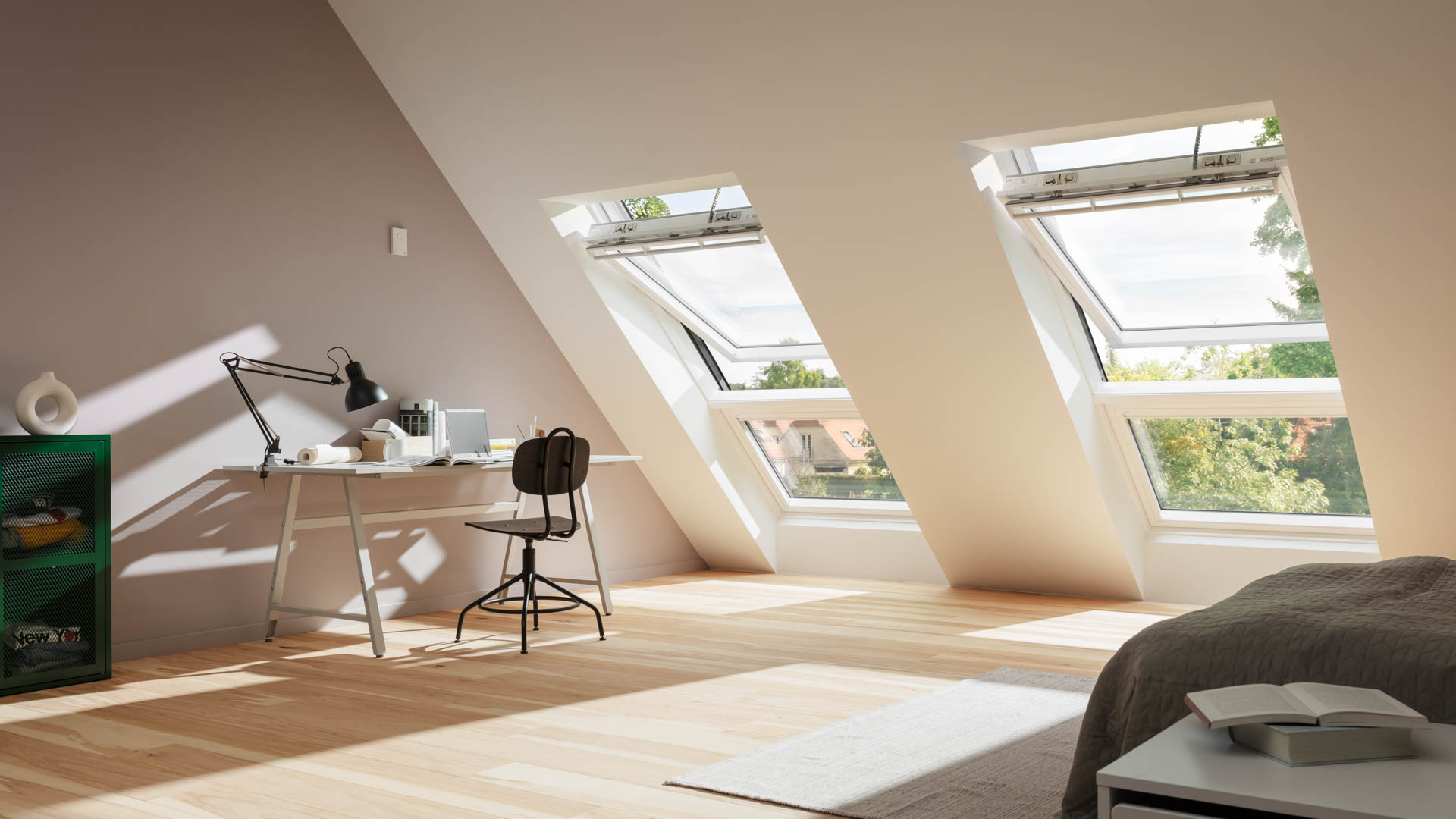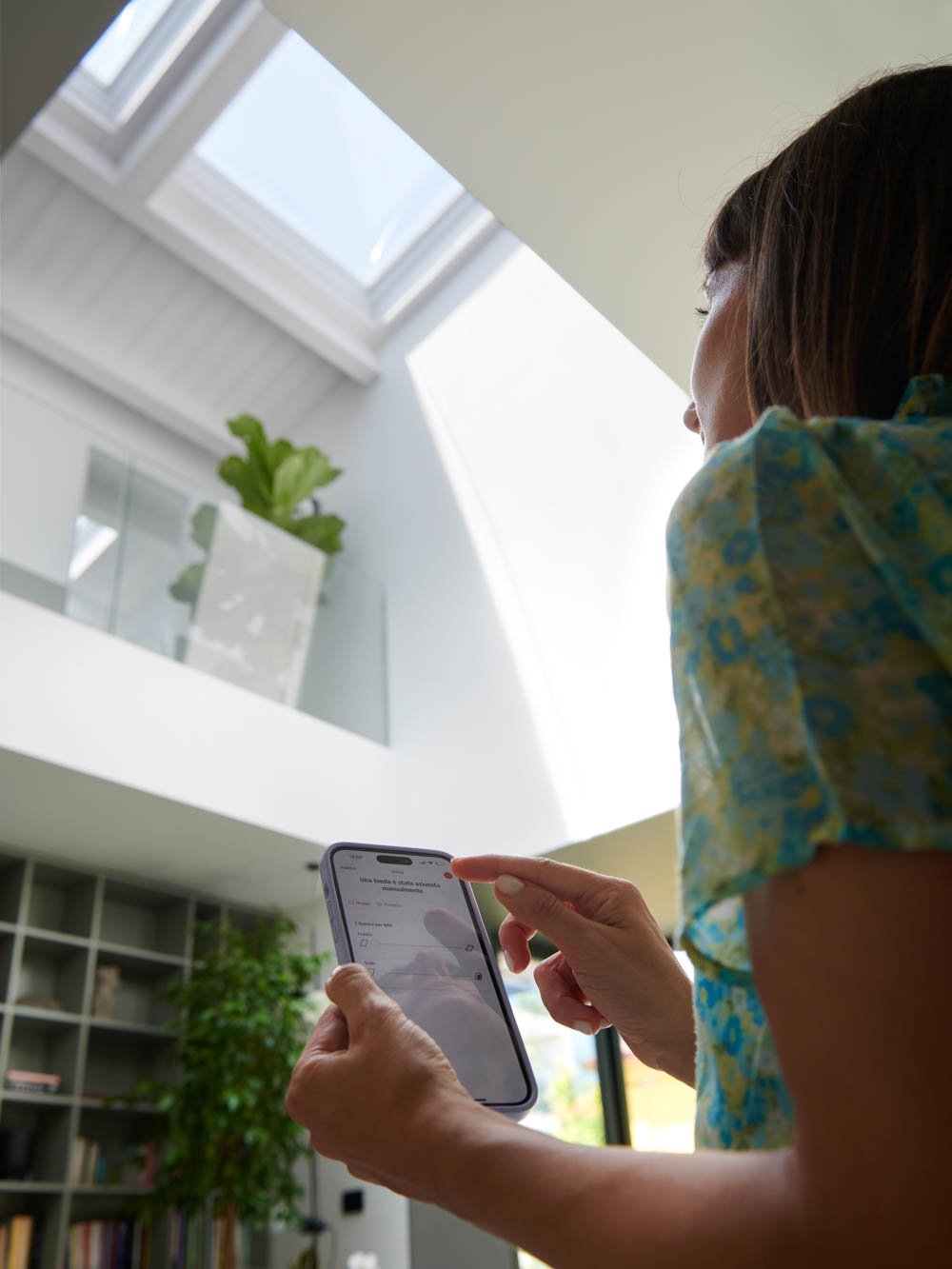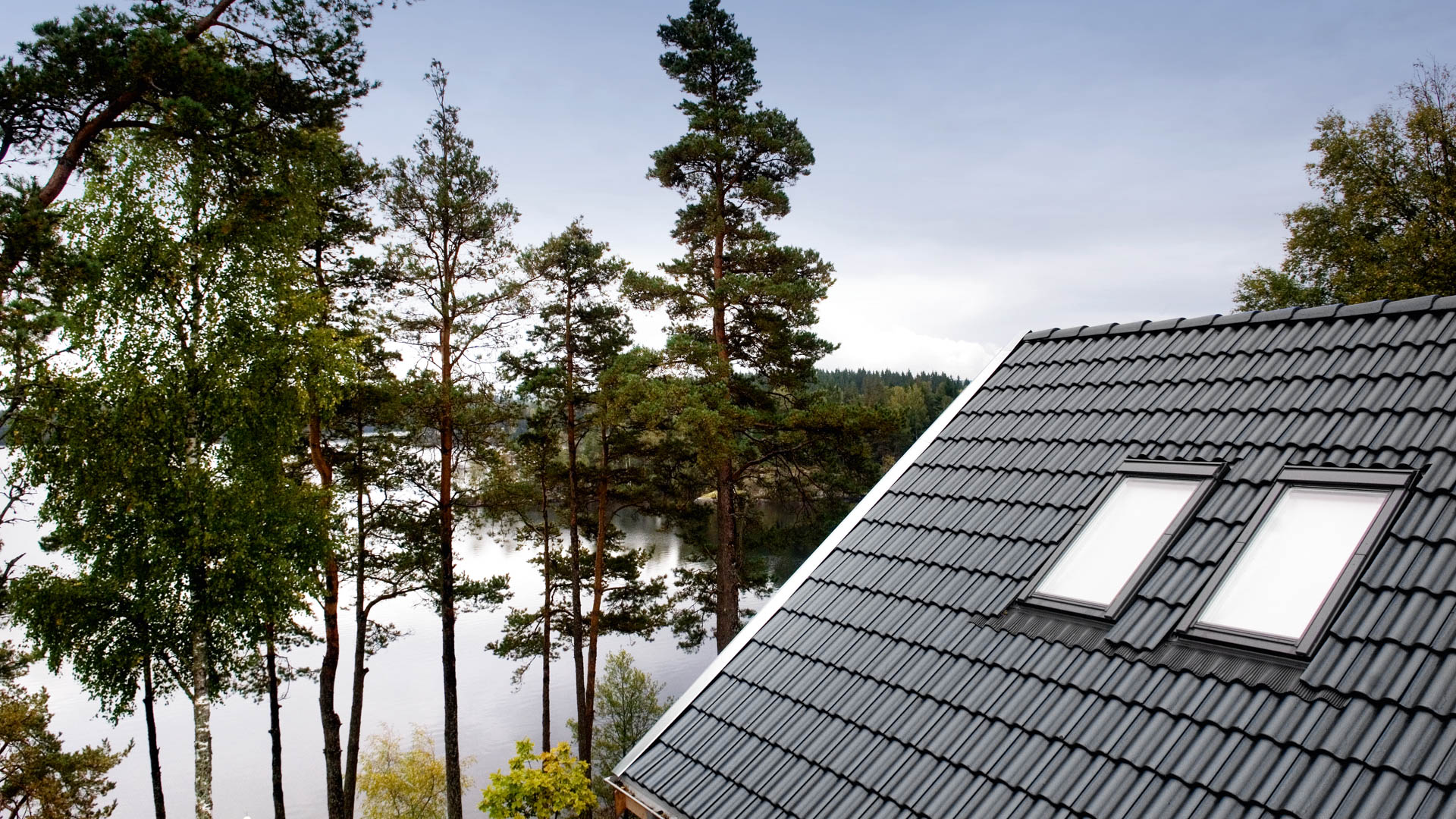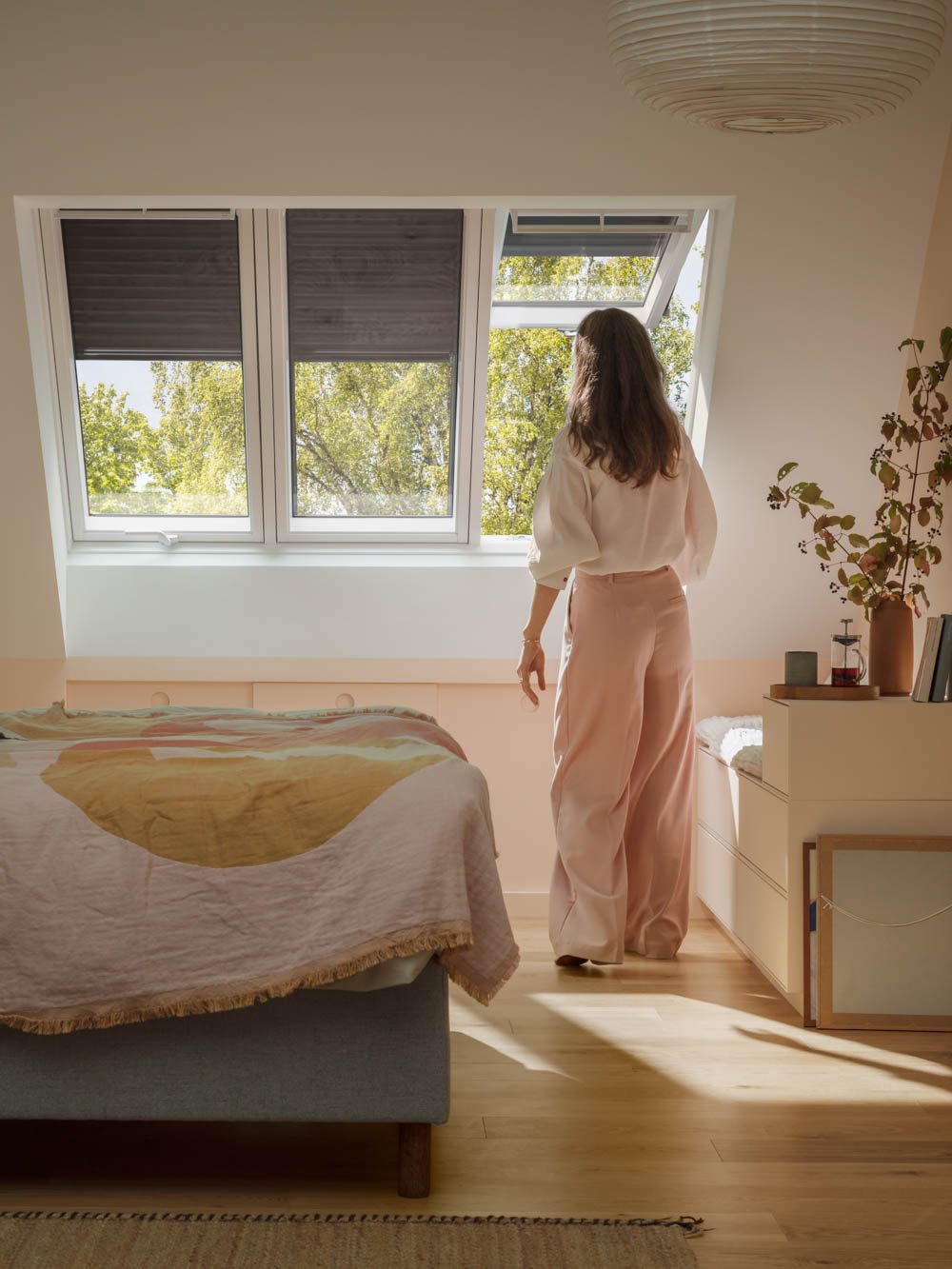When we think about air pollution, we often think about busy roads or outdoor spaces. But indoor air can also be full of pollutants and particles. Opening a roof window is one of the simplest and most effective ways of removing harmful pollutants from the air. By regularly airing out, you can improve the air quality in the room, which has been shown to benefit health and overall well-being.
Professor Jan Sundell of the International Centre for Indoor Environment and Energy at DTU (the Technical University of Denmark) says, “There is mounting evidence that the indoor environment, especially dampness and inadequate ventilation, plays a major role from a public health perspective and that the economic gains to society for improving indoor environments by far exceed the cost.”
Read more about why ventilation is so important for indoor air quality.

Transform spaces with light
Converting unused space under the roof can open up new spaces and create new rooms – often at a more affordable price than a traditional extension and avoid the need to expand the footprint of the building. A roof window brings in twice the daylight of a vertical window of an equivalent size. By introducing daylight through the roof, you can transform a dark space into a light-filled additional room for living or working.


Why we need healthy buildings
Since 2015, we have been shining a spotlight on the state of Europe’s buildings in our Healthy Homes Barometer reports. These research-based reports combine new facts and insights into the state of different building types throughout Europe. They aim to raise awareness of the value of living and working in healthy and energy-efficient buildings.

We are taking steps towards decarbonising our current products as well as identifying other opportunities for reducing our carbon footprint when designing new products. This means making efforts to cut emissions from production, from materials, and throughout our value chain.
By 2030, we have set science-based targets to reduce emissions from our operations by 100% and to halve emissions from our value chain compared with 2020 levels.
CIRCULAR BUSINESS
A new way of thinking about resources
Reducing society’s dependence on virgin, non-renewable resources is critical to tackling the climate and nature crises. As part of our decarbonisation efforts, we are introducing materials with an increased share of recycled content into our products. We are establishing processes that can help us incorporate the principles of circular design into our products, e.g. designing for reuse, recyclability, durability, repairability, and disassembly.

Built to last
When you buy a VELUX roof window, you can expect it to last for decades; furthermore, all VELUX windows are easy to maintain and repair so many will last for a lot longer. We use high-quality materials in our products and always consider the impact of materials on the environment. That’s why 100% of the wood we use comes from forest partners certified to the FSC- and PEFC Responsible Forest Management standards.

We are committed to halving our scope 3 greenhouse gas emissions by 2030. As the majority of our footprint relates to materials used in our products, we are prioritsing collaborating with suppliers to source and integrate recycled materials and develop joint decarbonisation roadmaps up to 2030.
The recent launch of a new collection of blinds with an increased share of recycled materials shows how it is possible to create blinds with a lower carbon footprint compared with blinds made from conventional materials.
